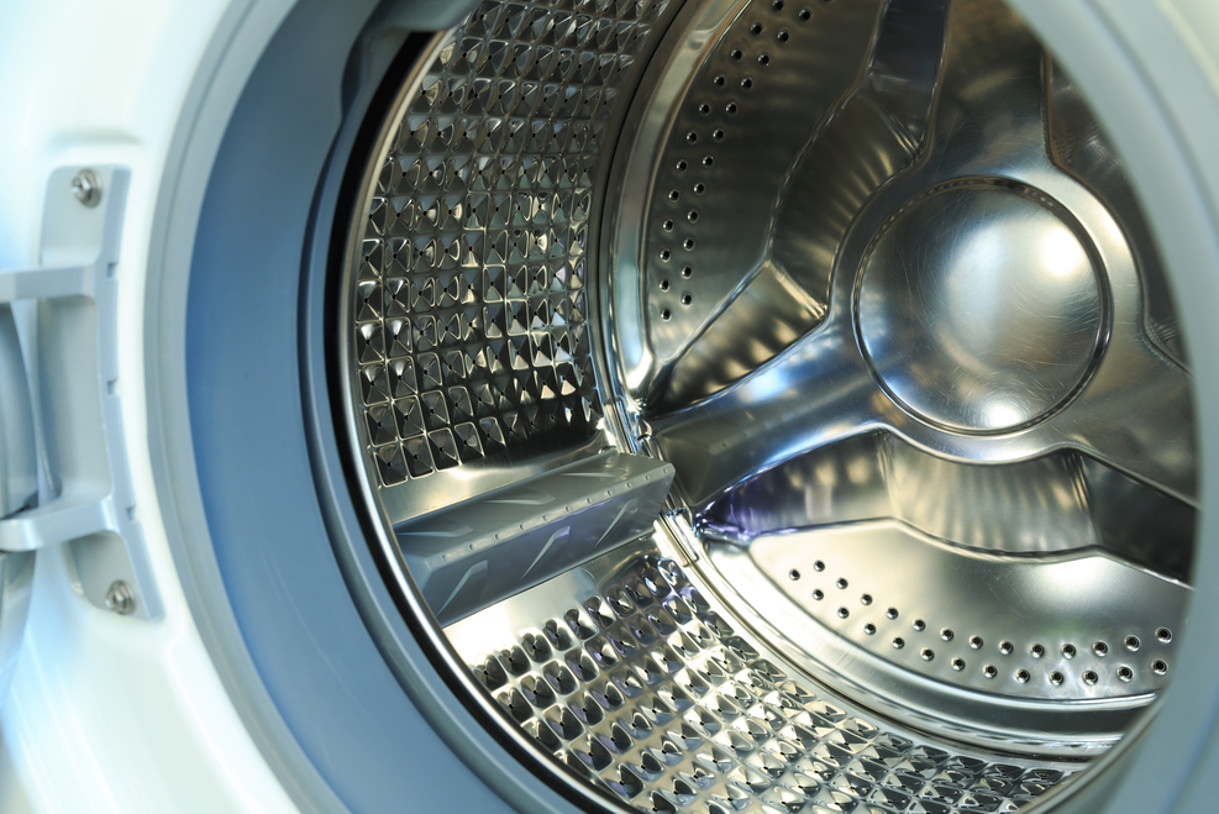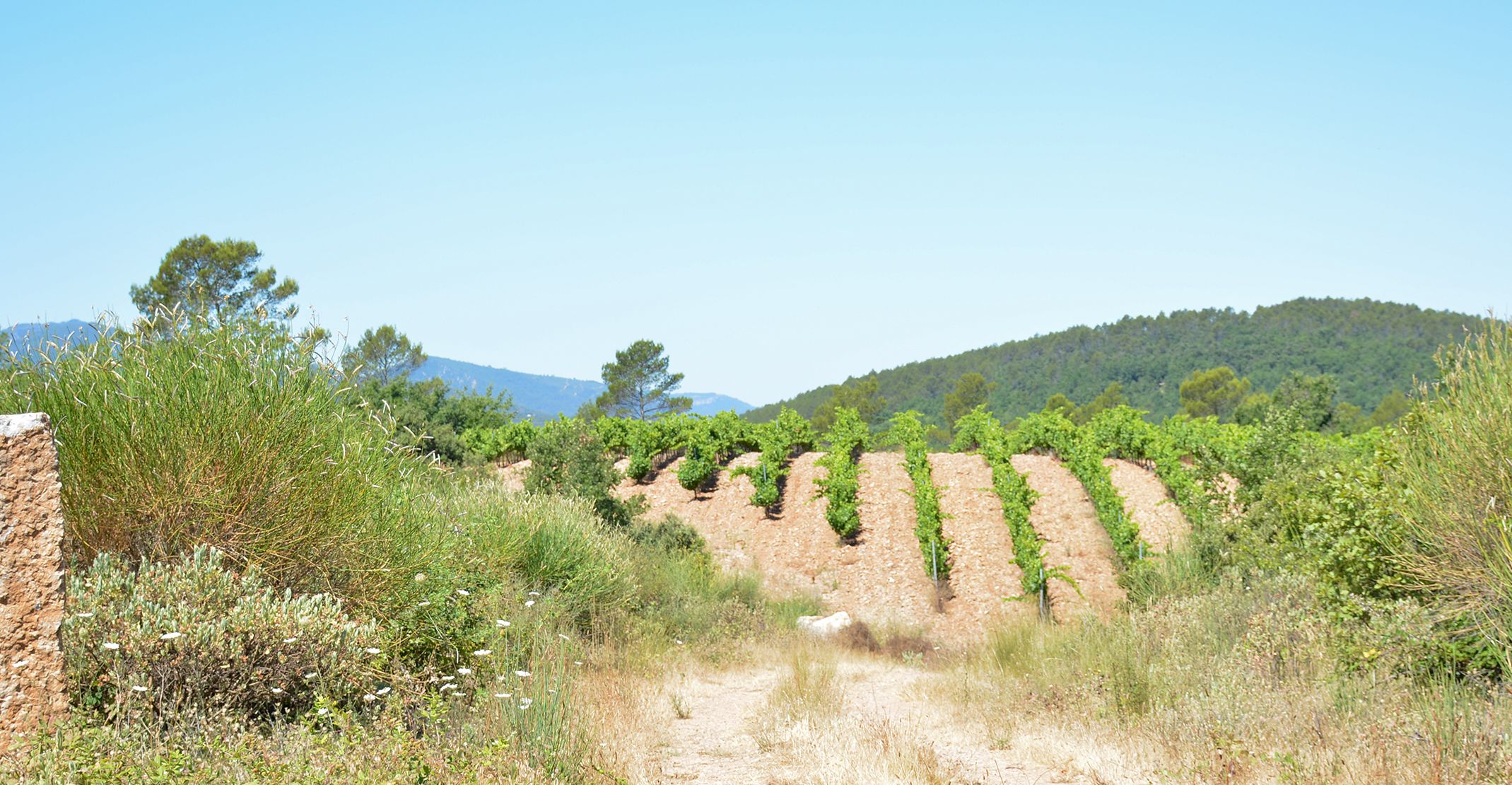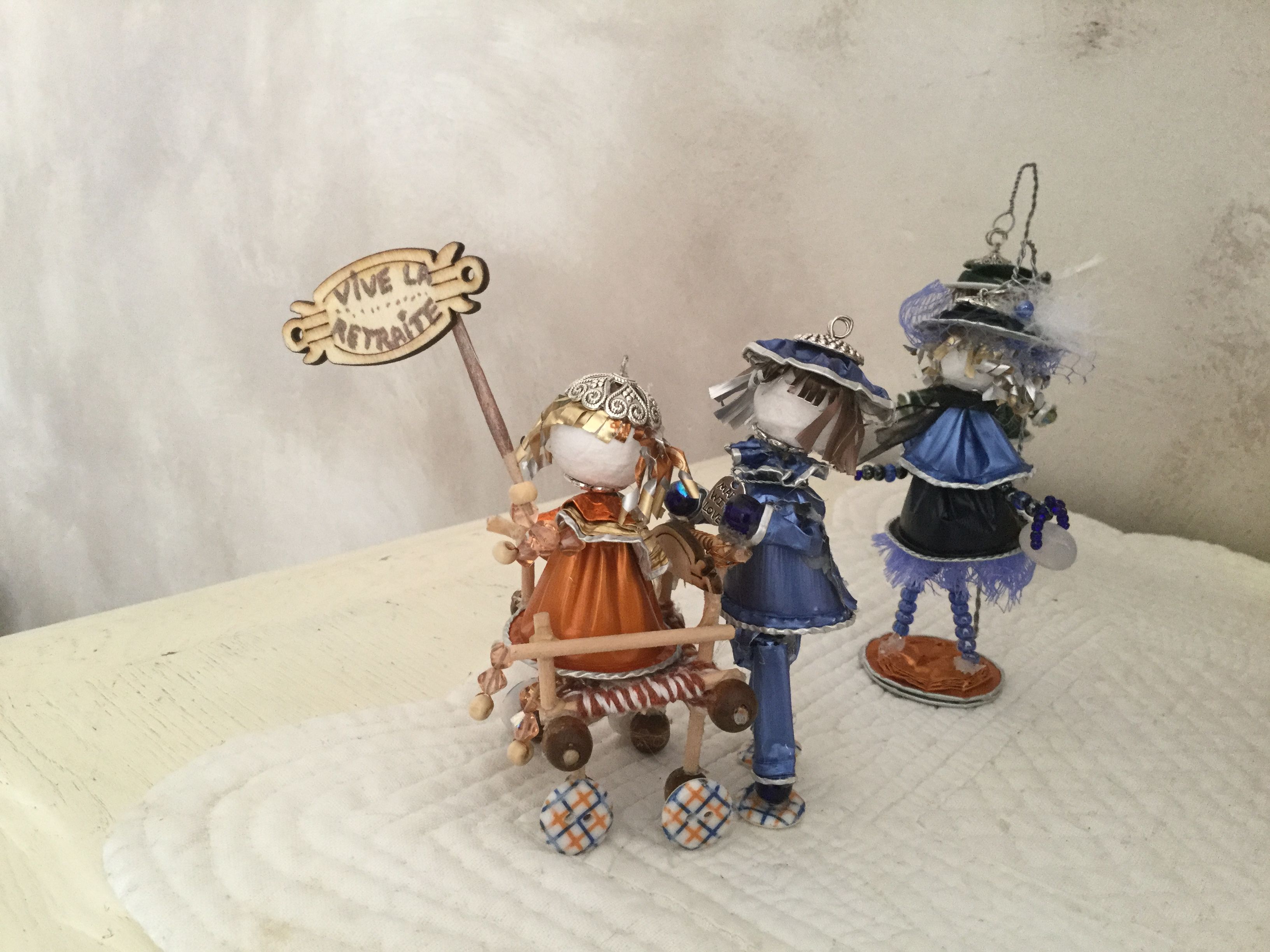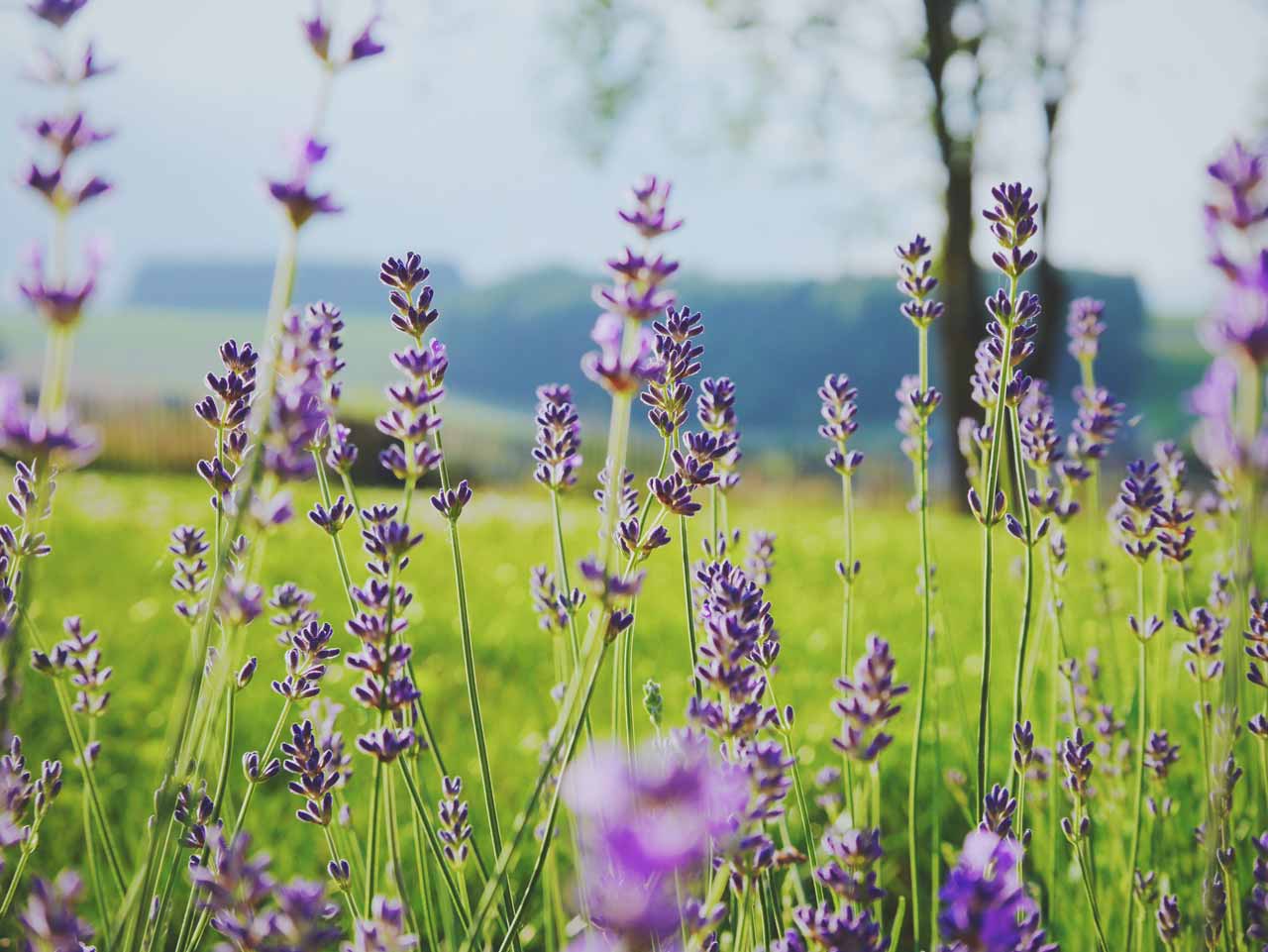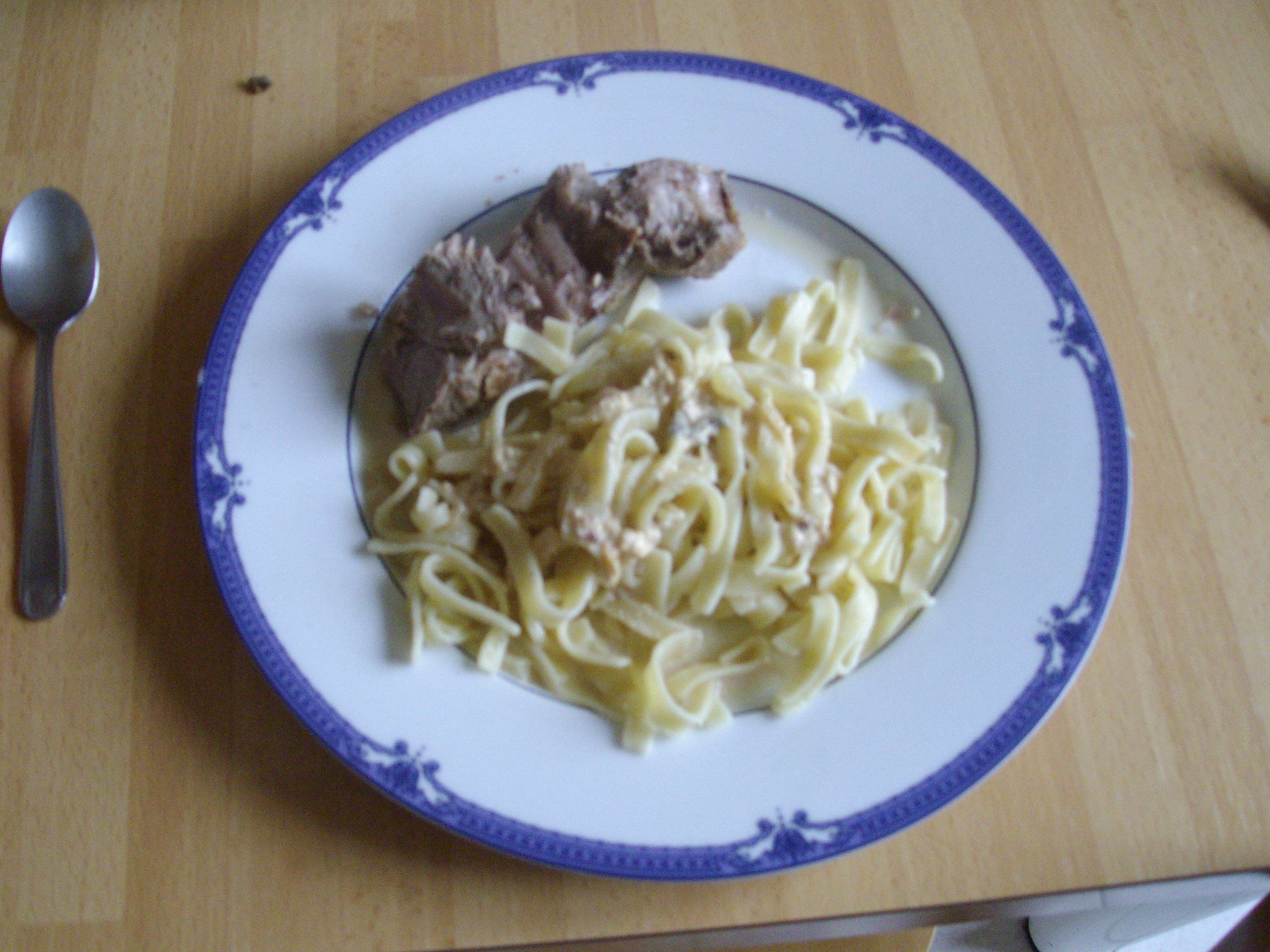Traces Of Glyphosate And Pesticides Found In Almost ALL BEER.
The magazine 60 Million Consumers tested 45 references of beers.
Only 11 have no traces of pesticides in them!
It's cold in the back ...
You can't even take a little foam without being poisoned!
Yes, beers are mainly made of barley and malt, crops where pesticides are widely used ...
Result, the beers we drink are contaminated by pesticides used in the fields. Explanations:

Survey results
Journalists attempted to detect the presence of 248 different pesticide residues.
Thus, out of the 45 beers tested, 34 beers contained traces of 4 molecules of pesticides including glyphosate, the famous pesticide at the heart of many controversies.
Remember that glyphosate has been classified as a probable carcinogen by the World Health Organization (WHO).
According to this survey, the quantifiable presence of glyphosate was detected in 25 lager beers tested.
And unsurprisingly, among them, there are major brands of beers ... but also two brands of organic beers!
The values found are between 0.41 microgram per liter (µg / L) and 9.32 µg / L.
Which beers are the most contaminated?
In the top 3 of the most contaminated beers, we find Affligem blonde with 9.32 µg / L of glyphosate detected.
Then come the characterful lager beer from the Intermarché private label "Itinerary of flavors" with 4 pesticide residues and the Hoegaarden with 3 pesticide residues.
On the other hand, the 33 Export, the Carlsberg or the Heineken are good pupils of the class. No trace of pesticides was detected there.
Risk for the health
The good news is that the amounts of pesticides found in contaminated beers are still quite low.
Note that the maximum permitted level for the concentration of glyphosate in water is 1 µg / L.
Some beers greatly exceed this legal threshold. But for all that, nothing very worrying.
According to the magazine, it would indeed be necessary to drink more than 2000 liters of Affligem blonde per day to reach a dangerous level. Which is totally inadvisable and highly improbable ;-)
"We are therefore a long way from a dangerous exposure," confirms the magazine. This is enough to reassure beer lovers!
But the problem is not really the amount of contaminated beer taken in.
For journalists from 60 million consumers, these results clearly reflect the "ubiquity in the environment" of the pesticide glyphosate.
This means that soils and crops are widely exposed and contaminated.
Multi-exposure
The risk also comes from the fact that the consumer is likely to ingest a large number of foods containing traces of pesticides.
"The problem is more due to the multiple exposures of glyphosate that we experience daily through our food", explain the journalists of 60 million consumers.
Unfortunately, beer is not the only product to contain traces of pesticides ...
Other food products that we consume regularly, even daily, are also concerned.
As a result, traces of pesticides end up accumulating in our bodies ...
For example, the Générations futures association recently analyzed 30 everyday consumer products purchased in supermarkets in Paris and Picardy.
She found traces of glyphosate in 16 different products, such as lentils, chickpeas, pasta and grains.
These brands include: Muesli Alpen Swiss, Weetabix Original, Muesli Jordan Country crisp, Country store Kellogs, Granola grilled oats with Jordans apples, All Bran Fruit'n Fiber Kellogs, Vivien Paille green lentils and Leader Price blond lentils or even St Éloi chickpeas and Leader Price chickpeas.
It is this multiple exposure which worries because, today nobody is able to say what are the consequences on health.
The alternatives ?
The precautionary principle therefore invites us to limit the consumption of foods containing traces of pesticides.
Eating organic as often as possible seems to be an alternative to limit health risks.
Experiments have indeed shown that eating organic causes a rapid decrease in the traces of pesticides present in the body.
But eating organic, for many people, is too expensive!
Fortunately, there are tips for eating organic at low cost.
Here are 7 tips that will help you stay on top of your shopping budget while eating healthier foods.
Unless you prefer to brew your beer yourself ;-)
Do you like this trick ? Share it with your friends on Facebook.
Also to discover:
Glyphosate: A Carcinogen That You Swallow Right From Breakfast.
85% of Buffers Contains Glyphosate, a Carcinogenic Product from Monsanto.

